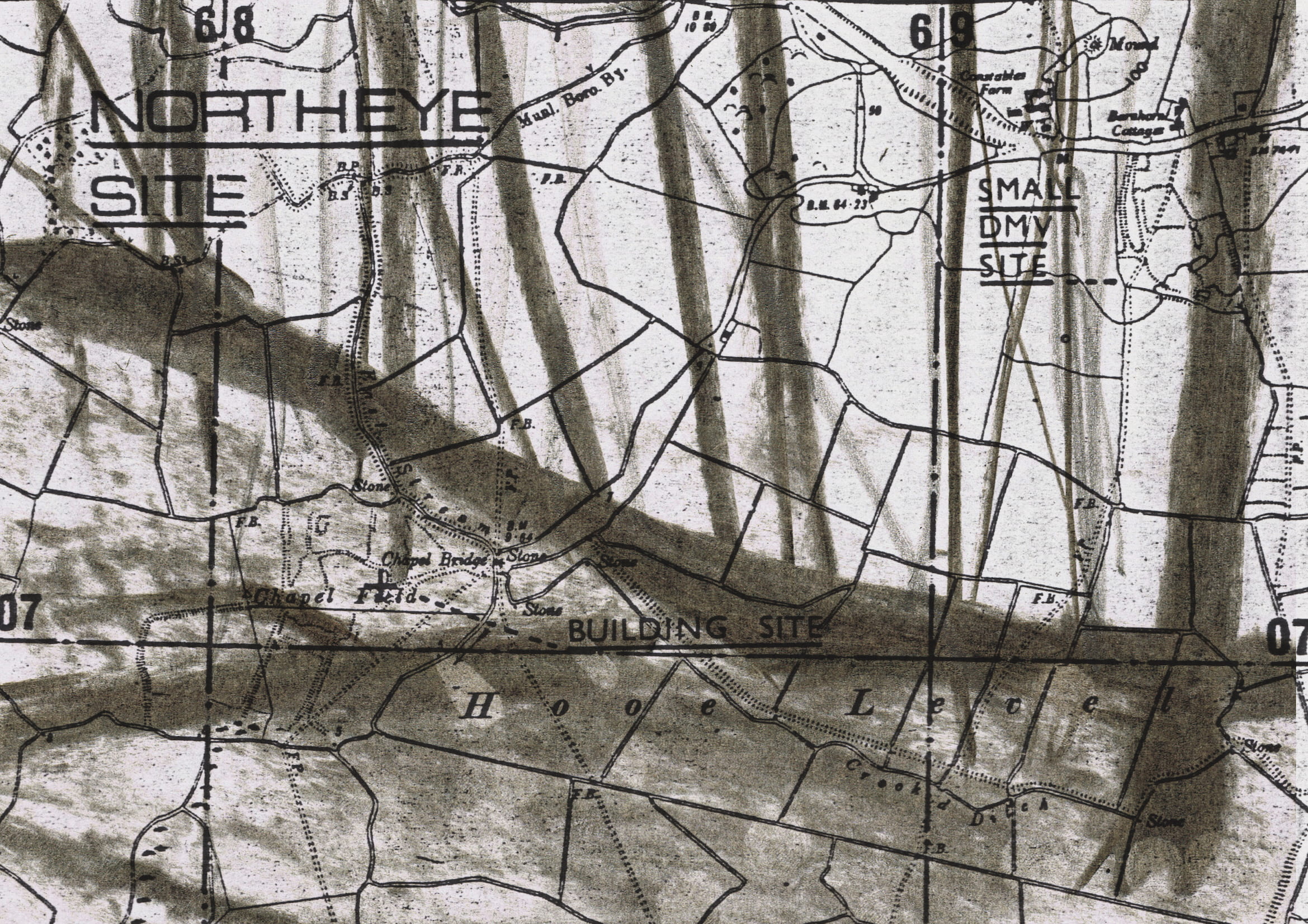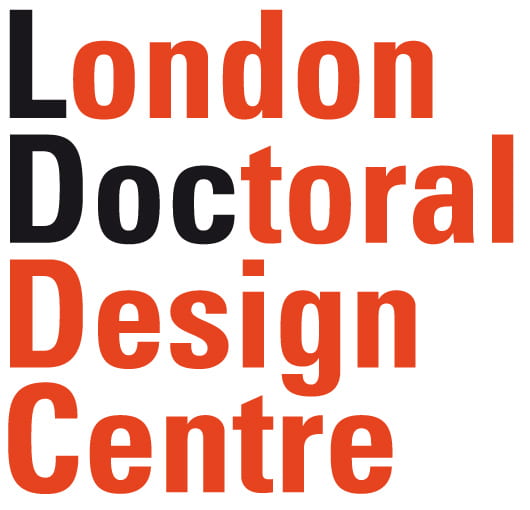
This practice-based research explores challenges in documenting physically shifting landscapes and considers audience engagement with lost sites in the 21st Century. Positioning contemporary illustration practice alongside, and in relationship to, humanity disciplines in the exploration of time, space and movement, the investigation aims to explore the role of narrative image making in understanding and communicating readings of transient landscapes.
The case study for this investigation is a deserted medieval village in East Sussex. Once forming part of an archipelago on the southeast coast, the former island of Northeye now exists as agricultural marshland. Scheduled under the Ancient Monuments and Archaeological Areas Act 1979 and a named RAMSAR site, a wetland site designated of international importance, Northeye has experienced significant change since documentation of the site began in the 700’s. The remnants of the settlement are made visible by a series of shallow earthworks.
This transient landscape has been subject to both long periods of deep slow-shifting change and short-term cataclysmic events. Natural and human forces have created an ephemeral environment where details are revealed and concealed through dynamic water levels. Alongside physical traces of disruption in the landscape, the historic documentation of Northeye is fragmented; lost excavation reports, inconclusive geoarchaeological data and conflicting archival records all challenge a chronological documentation of the site.
A key aim of this investigation is to design a practice-based documentary model to capture multiple and concurrent timeframes and stories that shift, overlap and converge at Northeye. Drawing on knowledge from specialists working in the disciplines of archaeology, geography, anthropology and landscape architecture, creative fieldwork methods will be developed to explore cultural, socioeconomic and geographic identities (past, present and future) through a visual interpretation of site. Specifically, the research considers the potential of Illustration as a form of visual storytelling to uncover and communicate landscape narrative and to explore creative processes that give rise to the environments we inhabit and the ways we perceive them (Ingold: 2013).
